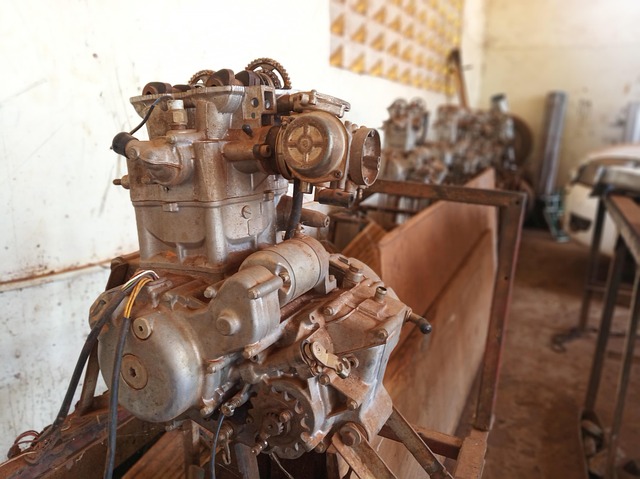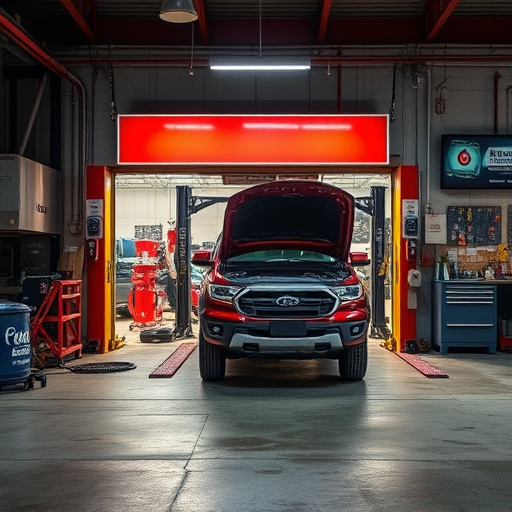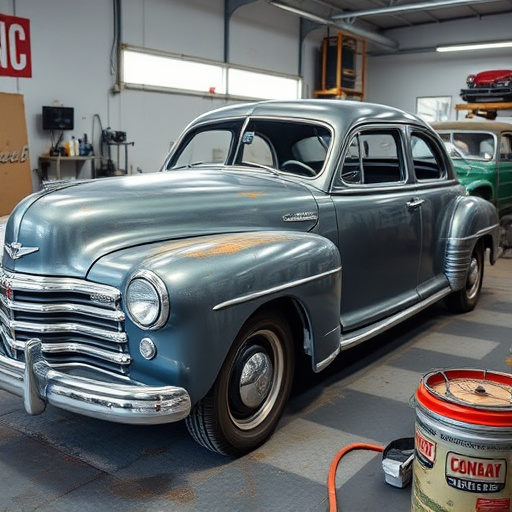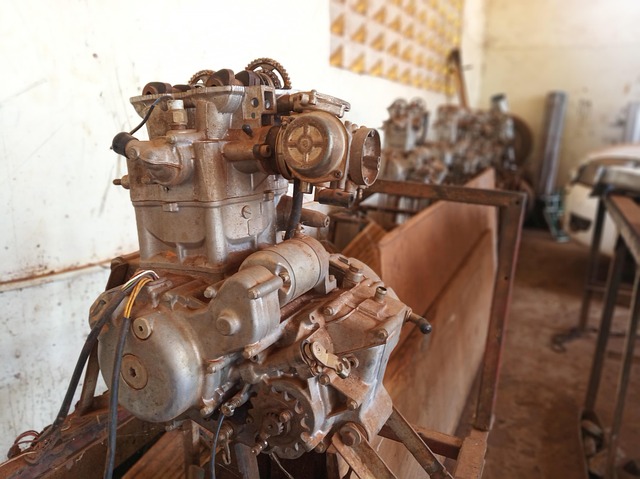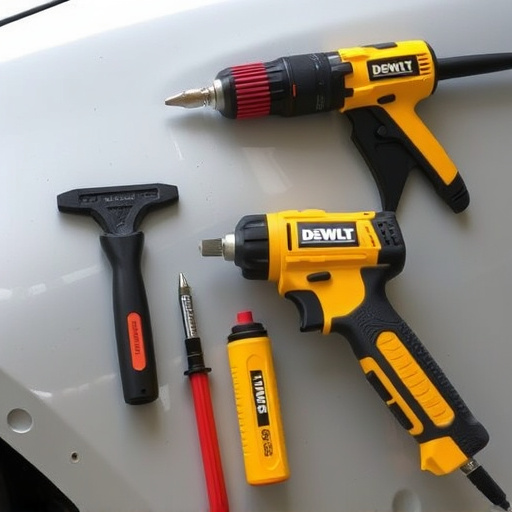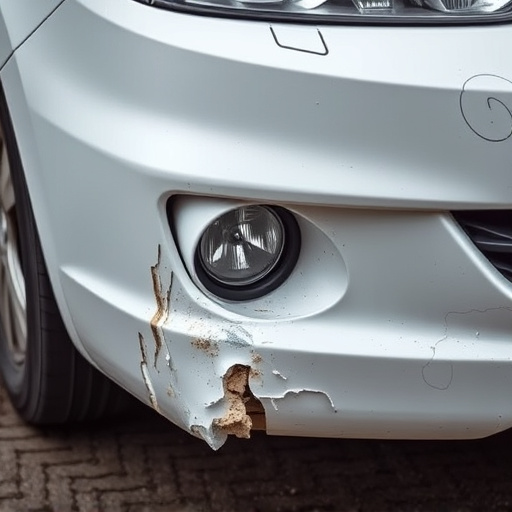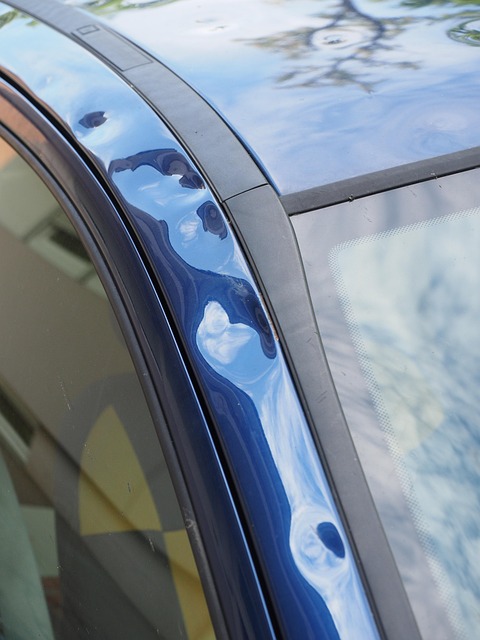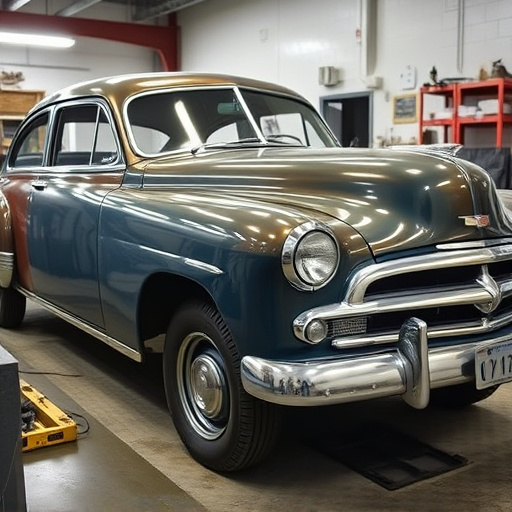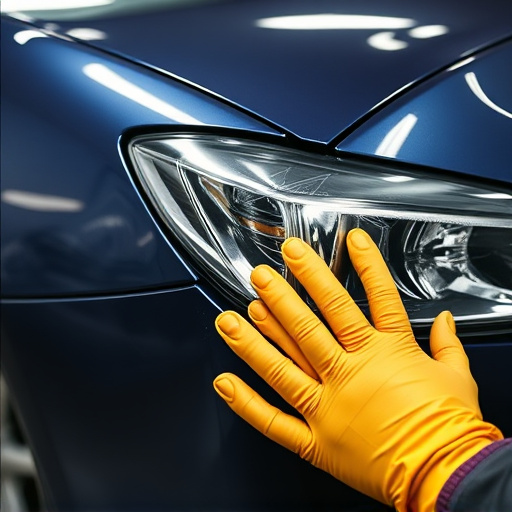Acoustic glass repair is a specialized service for restoring damaged automotive glass, focusing on structural integrity and sound performance. It requires advanced tools and expertise to address unique challenges, including precise replacements, hermetic sealing, and minimal distortion. This meticulous process enhances safety and improves driving experience. Common issues arise from painting or improper finishes, which disrupt natural resonance. Professional techniques use precision cutters, vacuums, and adjustable glues, with heat treatment and edge sealing preserving sound-absorbing properties for environments like collision centers, concert halls, and recording studios.
“Uncover the art of acoustic glass repair, a process that not only restores but enhances sound quality. This comprehensive guide delves into the fundamentals, addressing common concerns like crack propagation and vibration-induced damage. From identifying issues to employing specialized tools, you’ll navigate the techniques for effective repairs. Acoustic glass repair is more than a fix; it’s a preservation method, ensuring optimal auditory experiences. Master these basics and embark on transforming damaged panels into harmonious components of your acoustic landscape.”
- What is Acoustic Glass Repair?
- Common Causes of Damage to Acoustic Glass
- Tools and Techniques for Effective Repair
What is Acoustic Glass Repair?
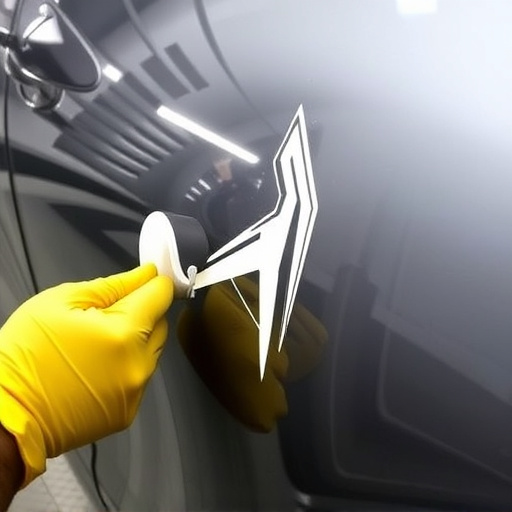
Acoustic glass repair is a specialized service that focuses on restoring and fixing damaged or broken automotive windows, windshields, and other glass components. It’s a meticulous process that involves both technical expertise and a keen eye for detail. The primary goal is to ensure not only structural integrity but also to maintain the optimal acoustic performance of the vehicle’s glass. This is particularly important in modern cars where sound insulation plays a crucial role in passenger comfort and safety, especially when dealing with noise reduction and road fatigue.
Unlike regular car damage repair or general auto repair near me services, acoustic glass repair requires specialized tools and knowledge to address unique challenges posed by automotive glass. The process involves replacing damaged areas with precision-cut glass pieces, sealing them hermetically to prevent water intrusion, and ensuring minimal distortion in sound transmission. This meticulous approach not only restores the vehicle’s safety features but also enhances the overall driving experience for folks seeking a reliable car repair shop.
Common Causes of Damage to Acoustic Glass
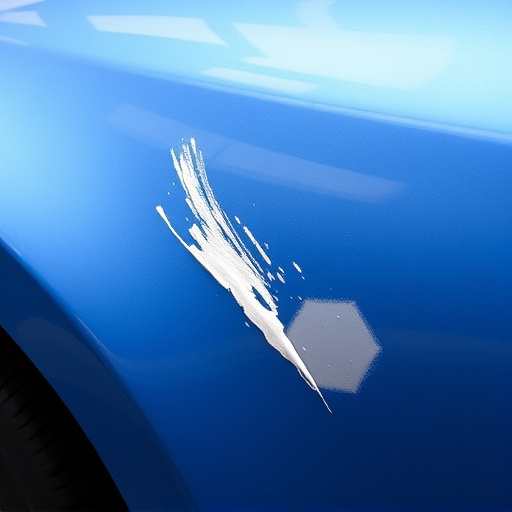
Acoustic glass, often found in musical instruments like guitars and pianos, is delicate and susceptible to damage over time. Understanding the common causes of acoustic glass repair is crucial for both musicians and DIY enthusiasts looking to maintain their instruments. One of the primary issues is auto painting or incorrect application of finishes, which can hinder the natural resonance that makes acoustic glass unique. This often occurs when attempts are made to personalize or restore instruments, leading to a loss in sound quality.
Additionally, frame straightening and car body repair techniques, while effective for their intended purposes, can cause harm to acoustic glass if not done carefully. Improper adjustments to the instrument’s frame during repairs might result in stress fractures or cracks, impacting the overall performance of the glass. Other factors like exposure to extreme temperatures, sudden changes in humidity levels, and physical impacts can also contribute to damage, emphasizing the need for proper care and, when necessary, expert acoustic glass repair services.
Tools and Techniques for Effective Repair
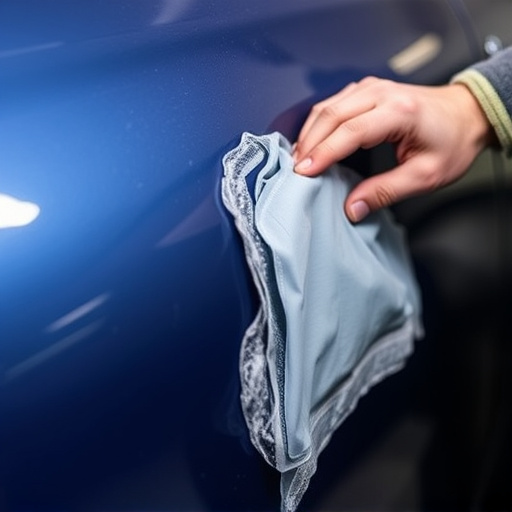
When it comes to acoustic glass repair, the right tools and techniques are essential for achieving a seamless fix. Professionals in this field often employ a variety of specialized equipment designed to minimize disruption to the glass’s structural integrity while replacing damaged areas. These include precision cutters, vacuums, and specialized glues that adhere strongly yet allow for future adjustments.
Effective acoustic glass repair goes beyond mere replacement. Techniques like heat treatment and edge sealing are crucial for maintaining the glass’s sound-absorbing properties, ensuring that fixed panels perform as intended within the auto collision center environment or any space prone to hail damage repairs. These methods not only restore aesthetics but also preserve the room’s acoustic balance, vital for concert halls, recording studios, and other venues where high-quality sound is paramount.
Understanding the fundamentals of acoustic glass repair, from identifying common damage causes to mastering effective tools and techniques, equips homeowners and music enthusiasts alike to preserve their spaces’ auditory clarity. By proactively addressing issues and employing appropriate methods, you can enhance the longevity of your acoustic glass, ensuring optimal sound absorption and transmission for years to come. Embrace do-it-yourself solutions or consider professional expertise—either way, armed with knowledge, you’re ready to tackle any acoustic glass repair challenges that arise.
